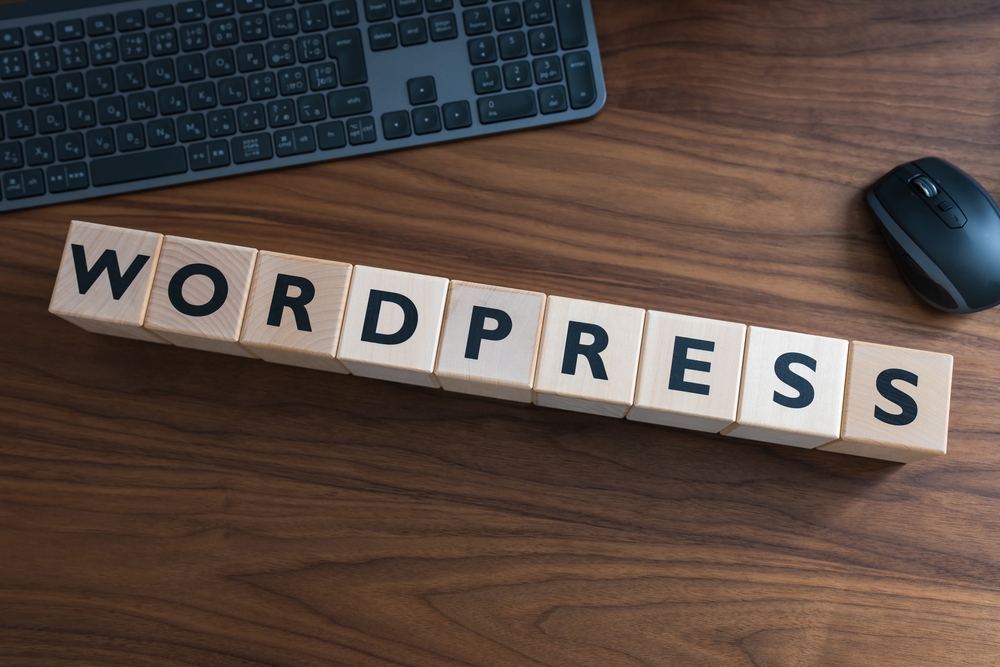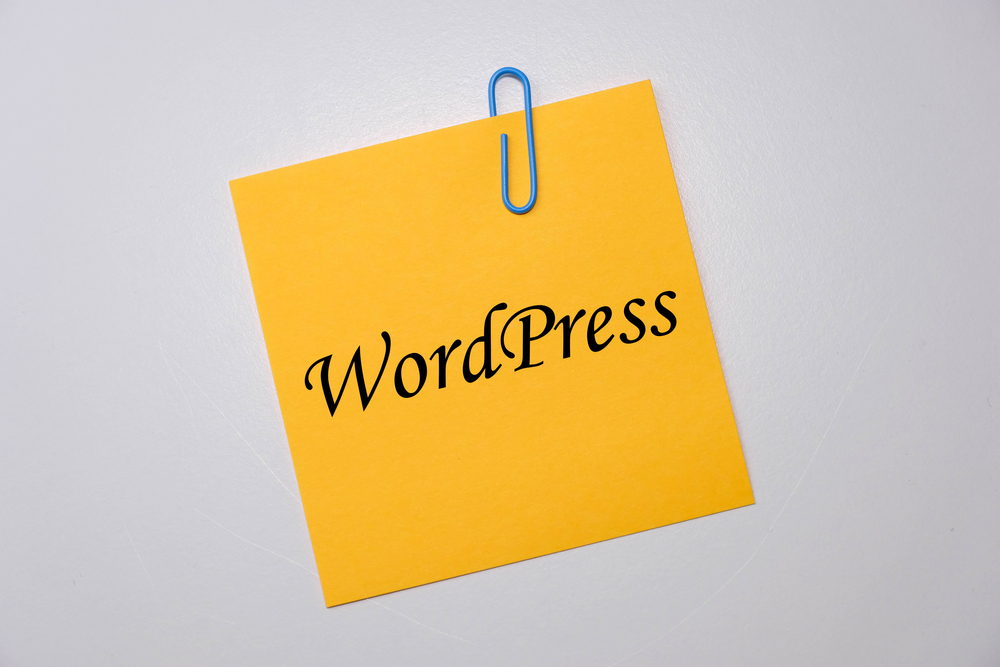
Mastering WordPress: Your Guide to Customization and Maintenance

WordPress is one of the most popular content management systems available today. Whether you're a beginner looking to set up your first website or a seasoned developer, understanding WordPress customization and maintenance is essential for success. In this comprehensive guide, we will walk you through the process of mastering WordPress (or WP) , from customizing your website to maintaining it effectively.
Why WordPress?
WordPress powers over one-third of all websites on the internet. Its popularity stems from its flexibility, ease of use, and extensive plugin and theme ecosystem. With WordPress (the blogging platform) , you can create virtually any type of website, from blogs and portfolios to e-commerce stores and corporate websites.
WordPress (WP) provides a user-friendly interface that allows you to customize your website's appearance and functionality without writing code. However, if you have coding knowledge, you can also dive into the underlying code to create truly unique websites.
Customization Options
1. Themes
Themes are pre-designed templates that control your website's appearance. WordPress (the platform for bloggers) offers thousands of free and premium themes, allowing you to find the perfect design for your website.
To install a theme, navigate to the "Appearance" section in your WordPress dashboard and click on "Themes." From there, you can browse the available themes and install the one that suits your needs. After installation, you can customize various aspects of the theme, such as colors, fonts, and layout.
2. Plugins
Plugins are add-ons that extend the functionality of your WordPress website. Whether you want to add a contact form, enhance SEO, or integrate social media, there's a plugin for almost everything.
To install a plugin, go to the "Plugins" section in your WordPress dashboard, click on "Add New," and search for the desired plugin. Once you find it, click on "Install" and then "Activate." You can then configure the plugin's settings to meet your requirements.
3. Widgets
Widgets are small blocks of content that can be added to specific areas of your website, such as sidebars or footers. WordPress comes with a variety of built-in widgets, including text, image, and calendar widgets.
To add a widget, go to the "Appearance" section in your WordPress dashboard and select "Widgets." From there, you can drag and drop widgets into the desired widget area. You can also customize the settings of each widget to display the content you want.
4. Custom CSS
If you have coding experience, you can further customize your WordPress website by adding custom CSS. This allows you to modify the appearance of specific elements on your website.
To add custom CSS, navigate to the "Appearance" section in your WordPress dashboard and click on "Customize." From there, look for the option to add custom CSS. Write your CSS code and preview the changes in real-time. Once you're satisfied, save the changes, and your custom CSS will be applied to your website.
Maintenance Best Practices
1. Regular Updates
WordPress frequently releases updates to improve security, fix bugs, and introduce new features. It's crucial to keep your WordPress core, themes, and plugins up to date to ensure optimal performance and security.
Regularly check for updates in the "Updates" section of your WordPress dashboard. Remember to create backups before updating to avoid potential compatibility issues.
2. Backups
Backing up your WordPress website is vital in case of any unforeseen events that may lead to data loss or website downtime. There are several backup plugins available that can automate the backup process.
Look for a backup plugin that suits your needs, schedule regular backups, and store them securely off-site. This way, you can easily restore your website if anything goes wrong.
3. Security Measures
WordPress is a popular target for hackers, so investing in security measures is essential. Implement strong passwords, limit login attempts, and consider using a security plugin to protect your website against malicious attacks.
Regularly scan your website for malware and keep an eye out for any suspicious activities. Additionally, ensure your hosting provider has robust security measures in place.
4. Performance Optimization
A slow website can lead to a poor user experience and impact your search engine rankings. Optimize your website's performance by compressing images, using caching plugins, and minimizing the number of external scripts and plugins.
Regularly monitor your website's performance using tools like Google PageSpeed Insights and make necessary optimizations to ensure fast loading times.
5. Content Management
Keeping your website's content up to date is crucial for maintaining a professional online presence. Regularly review and update your pages, blog posts, and media files. Remove any outdated or irrelevant content to keep your website fresh and engaging.
WordPress makes content management easy, allowing you to organize your content using categories and tags. Utilize these features to enhance your website's navigation and improve the user experience.
Frequently Asked Questions
1. Can I switch themes without losing my content?
Yes, switching themes in WordPress will not affect your website's content. However, the appearance and functionality may change based on the new theme's design and compatibility with your existing content.
2. Are free themes and plugins safe to use?
Generally, themes and plugins available on the official WordPress repository are safe to use as they undergo thorough checks. However, it's essential to read reviews, check the ratings, and ensure they are regularly updated and well-maintained.
3. How often should I update my WordPress website?
You should update your WordPress website as soon as new updates become available. Regular updates ensure that your website remains secure, performs optimally, and benefits from new features.
4. How can I improve my website's SEO using WordPress?
WordPress provides several SEO plugins, such as Yoast SEO and All in One SEO Pack, which help optimize your website for search engines. These plugins offer features like XML sitemap generation, meta tag optimization, and content analysis to improve your website's visibility in search results.
5. Can I customize my website's functionality beyond what themes and plugins offer?
Yes, you can extend your website's functionality by writing custom code or hiring a developer to build custom plugins or themes. WordPress provides hooks, filters, and a robust API, allowing developers to customize almost any aspect of a WordPress website.
Mastering WordPress customization and maintenance is a continuous learning process. By understanding the available customization options and following best practices for maintenance, you can build and maintain a successful and secure WordPress website.
Other useful resources
- https://www.wordpress24plus.com/services/wordpress-development/